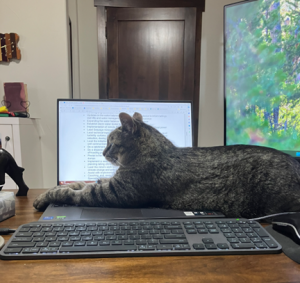By Charles Lynn Bolin
I was asked recently what I thought of T. Rowe Price Capital Appreciation (PRWCX) compared to T. Rowe Price Capital Appreciation Equity ETF (TCAF), which has gained $235 million in assets under management since its June 2023 launch. TCAF is one of two new T Rowe Price offerings that play off the unparalleled success of the PRWCX, which is closed to new investors. The other new entrant, the T. Rowe Price Capital Appreciation and Income Fund, has not yet debuted.
The most striking similarities are the name and the fact that they are both managed by David R. Giroux, who has an outstanding record. From here, the similarity fades. PRWCX is a moderate to growth-oriented mixed-asset fund, while TCAF is a predominantly domestic equity fund. There are differences in how the equity sleeve of PRWCX compares to TCAF, which are explored in this article.
Let’s start with Continue reading →


